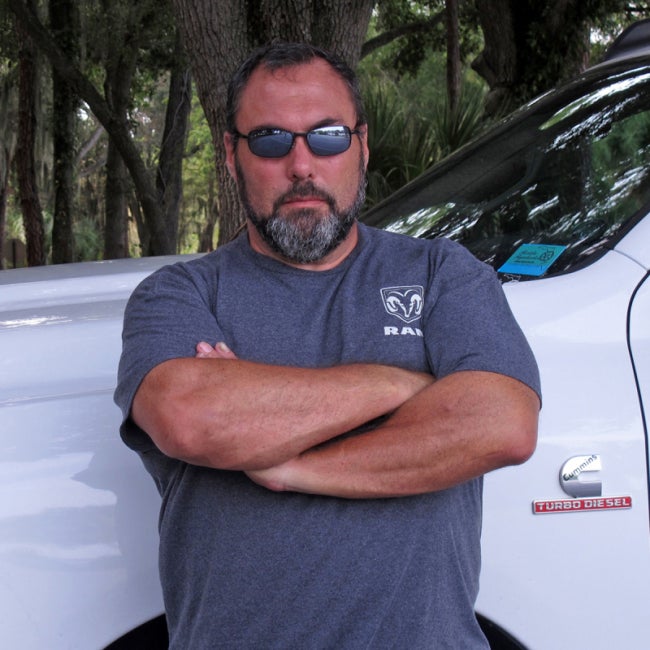The year 1963 was a good one for Chevrolet. The company was coming off of a 50-year celebration of the brand, but another very important milestone was also going to take place this year. It took 51 years, but Chevrolet would be building their 50,000,000th car, and it was decided that this landmark vehicle would be the 1963 Impala Super Sport. When this special Impala rolled off the assembly line in Tarrytown, New York, it was piloted by then New York Governor Nelson Rockefeller, with General Motors’ General Manager, Semon Knudson along for the ride.
There were very few mechanical differences between the 1962 and 1963 Impala. When it came to body design, the ’63 Impala did employ front fenders and rear quarter-panels with pointier ends. The 1963 Impala also features a distinct depression in rear deck lid, while the 1962 Impala was smooth. The dash also featured a new coved look, and “idiot lights” replaced some of the gauges.
Under hood options were virtually identical to the previous year, and engine options were designed to satisfy any need, be it economy or performance. Once again, the base engines for all models were the 140 horsepower 230 cubic-inch six cylinder, or the 195 horsepower Turbo-Fire 283 cubic-inch V8.
Stepping up to more powerful small-blocks, allowed buyers to choose from two of the available 327 cubic-inch engines. These small-block V8s were rated at 250 and 300 horsepower, respectively. While both utilized a four-barrel carburetor, the 250 horsepower version used the Rochester carburetor, while the 300 horsepower used a larger Carter four-barrel unit.  The 300 horsepower engine also utilized cylinder heads with larger valves. Standing on top of the mountain of power was the Turbo-Fire 409 cubic-inch engine. The “big” engine came in three distinctive power levels, 340, 400, and 425 horsepower.
The 300 horsepower engine also utilized cylinder heads with larger valves. Standing on top of the mountain of power was the Turbo-Fire 409 cubic-inch engine. The “big” engine came in three distinctive power levels, 340, 400, and 425 horsepower.
First up was the single four-barrel, 340 horsepower version with a 10.0:1 compression ratio, with buyers having the option of stepping higher on the 409 food chain, and getting the 400 horsepower version. The 400 horsepower version used an 11.0:1 compression ratio, and also had a solid-lifter camshaft, larger 2.19-inch intake valves, and an aluminum intake. The “big daddy” 425 horsepower 409 cubic-inch engine was basically the same as the 400 horsepower version, but relied on fuel being fed from an aluminum intake with two four-barrel carburetors.
Coincidentally, choosing the 300 horsepower 327 cubic-inch engine cost the buyer an extra $137.75, while ordering the 425 horsepower 409 cubic-inch engine cost an additional $376.63. As a side not, an optional M-21 four-speed transmission cost $236.75. Try buying one now for under $250.00!




















